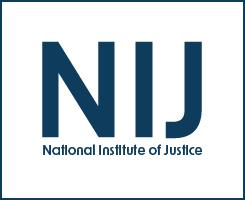Terrorist profiles
Social Learning and Social Control in the Off- and Online Pathways to Hate Crime and Terrorist Violence
Quest for Significance and Violent Extremism: The Case of Domestic Radicalization
Radicalization Trajectories: An Evidence-Based Computational Approach to Dynamic Risk Assessment of "Homegrown" Jihadists
Recognizing Radicalization Indicators in Text Documents Using Human-in-the-Loop Information Extraction and NLP Techniques
Indicators of Lone Actor Violent Events: The Problems of Low Base Rates and Long Observational Periods
Psychology of Terrorism
Psychology of Terrorism, Reference List
The Emergence of Lone Wolf Terrorism: Patterns of Behavior and Implications for Intervention
Patterns of Lone Actor Terrorism in the United States: Research Brief
Key Issues and Research Agendas in Lone Wolf Terrorism
Age of Lone Wolf Terrorism
Paradigmatic Case Studies and Prison Ethnography: Future Directions in Terrorism Research
Parramatta Shooting: How Much Do We Really Know About Lone Wolf Terrorists?
Lone actors: Challenges and opportunities for countering violent extremism
Understanding lone wolf terrorism: Global patterns, motivations and prevention
The Handbook of the Criminology of Terrorism
Profiles of Individual Radicalization in the United States (PIRUS): An Empirical Assessment of Domestic Radicalization
What Makes Them Do It? Individual-Level Indicators of Extremist Outcomes
Activism and Radicalism in Prison: Measurement and Correlates in a Large Sample of Inmates in Texas
Similar crimes, similar behaviors? Comparing lone-actor terrorists and public mass murderers
Terrorism Research Before and After 9/11
The tragedy of 9/11 posed unprecedented challenges to forensic science, social science, and physical science and technology — the three bedrock sciences at NIJ. Recovering from the attack and preventing another one have became topmost priorities in the 10 years since the attack. As we approach the 10th anniversary, Gary LaFree discusses how that fateful day impacted social scientific priorities and the outcomes from those changes.
See the YouTube Terms of Service and Google Privacy Policy


